What’s your message? So many times we have data or facts we need to get across, but without a message to tie it together, set the stage or give it conte xt, those facts can get jumbled or just ignored.
xt, those facts can get jumbled or just ignored.
For speaking success, start and end with a big-picture message about why you are speaking and why the audience needs to hear what you have to say. It is up to you as the presenter to figure out what the message is, rather than hoping it will become clear as you go. You know the content best, and if you are planning the presentation or meeting, you should know what you wish to accomplish.
Do this even if you think it should be obvious. It isn’t. And even if it is, the audience still needs to hear it from you. They need to hear it in the clearest, most compelling way you can tell it.
Some examples of messages:
- As we migrate to this new software, we will have new efficiencies and accuracies that we’ve only wished for in the past.
- By turning in your vacation requests when due, we will be able to process your vacation pay and make sure your requests for time off are honored.
- Adopting kaizen measures in our plant will result in cleaner, more efficient workspaces, making our jobs easier and most likely saving time and money.
- Purchasing this new equipment for the office will allow us to operate more safely and efficiently.
- A deeper understanding of accounting principles will help us to make better financial decisions on a day to day basis.
- The purpose of this meeting is to bring everyone up to speed on the project, and to determine and assign action items that will keep us on track.
- In our phone conference today let’s hear from each of you on customer concerns so we can use that information to improve our service.
What did you notice about these examples? Hopefully, you noticed they:
- Are complete sentences, not phrases or questions
- Are short in length, and use simple, common language
- State or imply benefits for the audience, team or organization
- Are big-picture, generally not including specific details
- Suggest actions to be taken by those listening
- Tell the audience what to expect
In order to create a strong message, take time to answer these five questions:
1. Who is your audience?
2. What do you want to say?
3. What do they want/not want to hear?
4. What strategies can help you bridge any gaps between 3 and 4?
5. What do you want them to do, say, think, feel or remember?
The answers to these five questions should help you formulate a message or overview statement. As you begin to capture your ideas about what your message is, play with the words, tighten the message, and say it out loud a few times.
If you aren’t convinced, then your message isn’t right–yet. Walk away for a few minutes, and come back to it fresh. Or ask someone else to talk it through with you. Just don’t settle for a message that leaves you cold; that is not a great way to start your presentation.
Once you capture it, you will experience a positive recognition that “this is it.” Be sure you capture your message on paper so you remember to start and end with it.
When you approach your next meeting, training session or presentation with a clear and compelling message, you can speak with confidence, and your audience will be able to understand and remember what you said. How great is that?
 Sections of this topic
Sections of this topic















